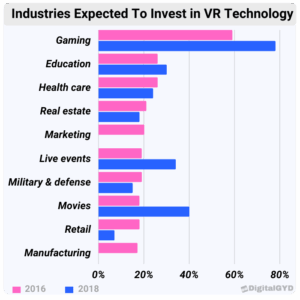There’s just something about social media that instantly brings up the expectation of an immediate exchange in the conversation. It’s not like an email, where you’ll be fine waiting for a business day or two. Let’s take a look at what’s considered “fast” these days, and how to realistically keep up (without turning your social media manager into a 24/7 customer service machine).
Use NapoleonCat to manage and automate all your comments, messages, and more – with an all-in-one social media tool that supports all major networks.
What is Social Media Response Time?
In a nutshell, social media response time is the average amount of time it takes your team to respond to messages, comments, mentions, or questions on social platforms. This usually includes:
- Direct messages (DMs)
- Public comments on organic posts and ads
- Mentions or tags in posts
- Reviews on platforms like Facebook or Google
Response time is usually measured from when a customer reaches out to when they get a reply. That could be human-written, automated, or a simple reaction (like a “like”).
Note: There’s a difference between response time (how fast you reply) and resolution time (how fast you solve the issue). This article focuses on the first response – when expectations are highest.
What is the Expected Response Time on Social Media in 2025?
According to a recent study by NapoleonCat and Norstat:
- ~50% of users expect a response within 5 hours
- 39–43% expect a reply within 3 hours
- 12–14% want one within 30 minutes
Why Fast Replies Matter on Social Media
Social media is now a frontline customer service tool. If you take too long to respond:
- Customers may switch to a competitor
- Frustrated customers may go public
- You may lose sales and reputation
On the flip side, quick replies can close sales instantly and increase trust. They may also boost your visibility, as platforms like Facebook reward quick responders with badges and improved algorithm rankings.
5 Ways to Reduce Your Social Media Response Time
1. Automate the First Touchpoint
Use Auto-moderation in NapoleonCat to set up instant replies for FAQs, product inquiries, or messages received after-hours. You can create specific rules and rotate friendly message variants to sound more human.
2. Centralize Your Communication
NapoleonCat’s Social Inbox consolidates all your social messages, comments, and reviews into one dashboard. This makes it easy to assign tasks, leave notes, track histories, and more – all from one place.
3. Know Your Customers
The Social CRM lets you build detailed customer profiles with tags, sentiment tracking, conversation history, and even order data. This makes your responses faster and more relevant.
4. Track Your Moderation Performance
With NapoleonCat’s analytics, you can track:
- Average response time
- Moderator performance
- Tag statistics
Use this data to find bottlenecks and improve team workflows.
5. Monitor Your Peak Hours
Identify when you receive the most messages and ensure you have proper coverage – either through human support or automation. Use Auto-moderation during busy times like sales or holidays.
So, Does Your Social Media Response Time Need Some Work?
With the right tools, you can improve response time without burning out. Try all the tools mentioned for free with a 14-day trial of NapoleonCat.
Frequently Asked Questions
How quickly do people expect a response on social media?
About 50% expect a response within 5 hours. Around 12-14% expect one in under 30 minutes, according to NapoleonCat and Norstat.
What is the 5-5-5 Rule on Social Media?
A daily engagement strategy:
- Connect with 5 new people
- Comment on 5 posts
- Share 5 pieces of relevant content



